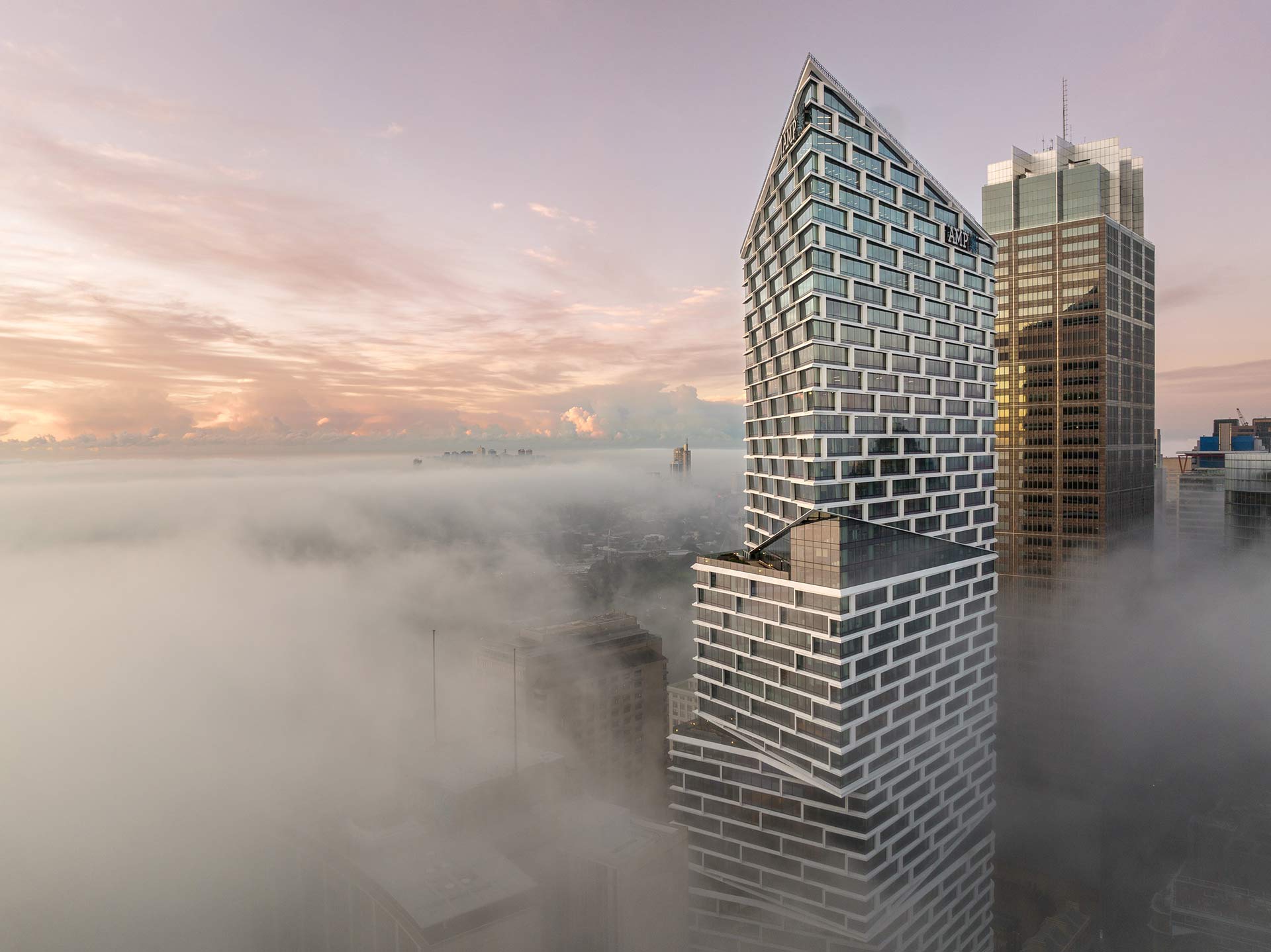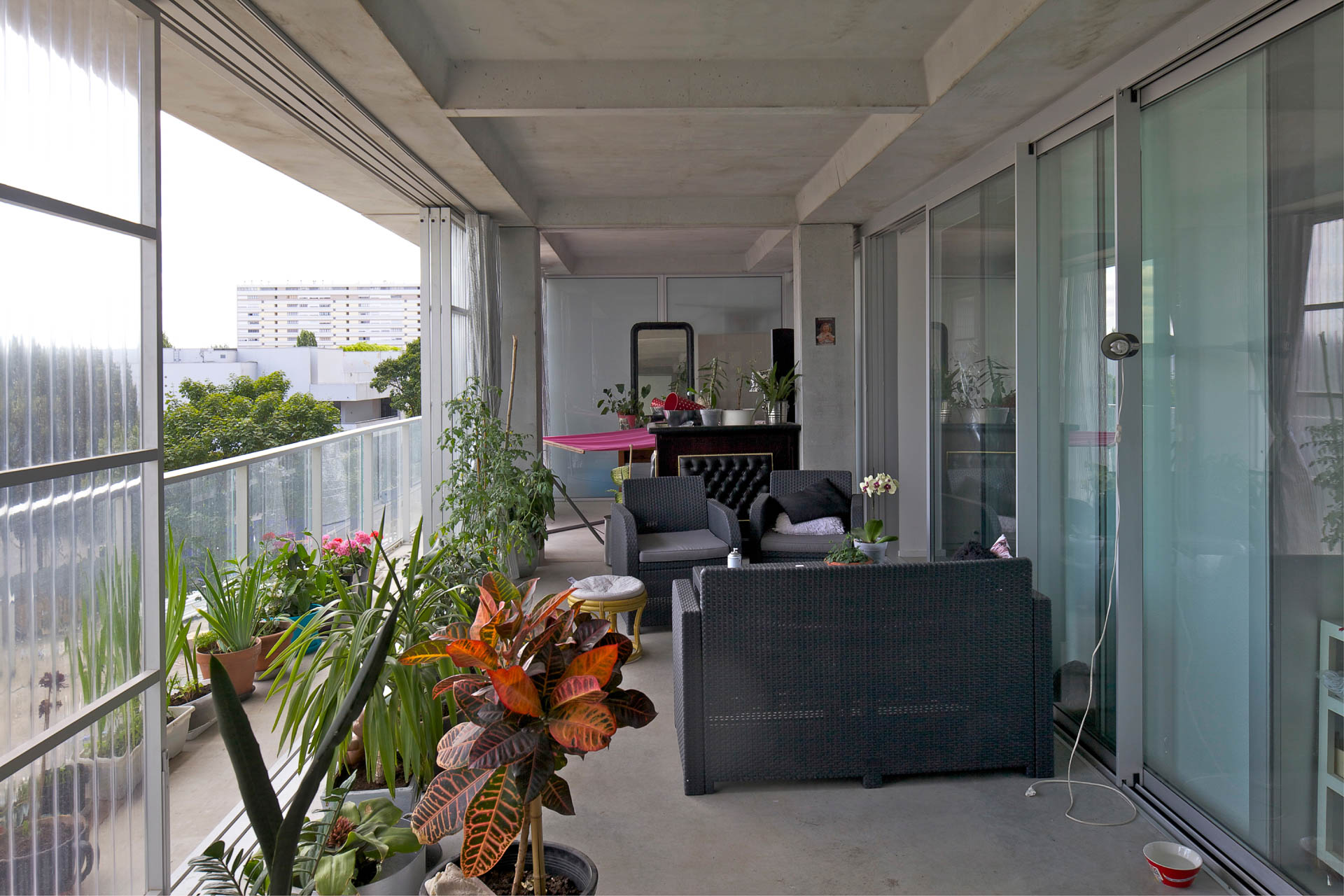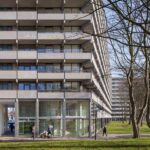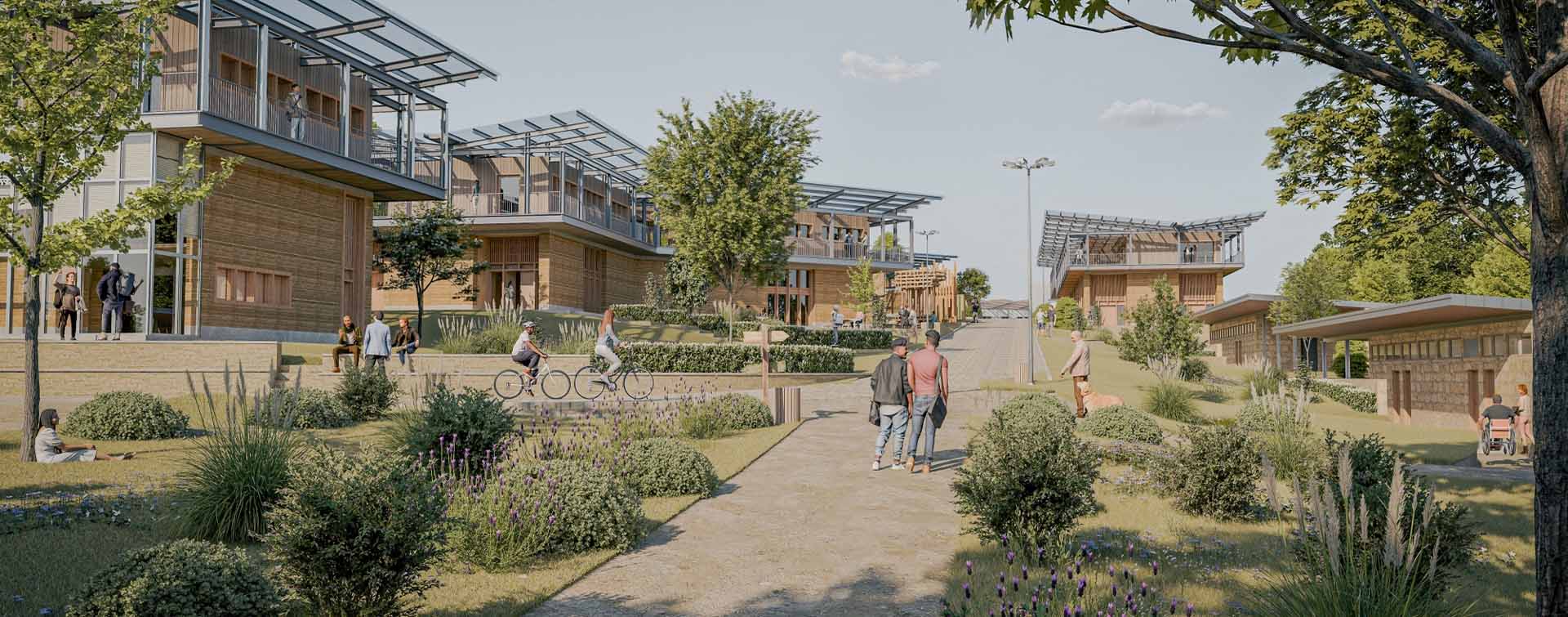Refurbishment, a key asset in sustainable construction
Sustainable construction is being implemented all around the world. Four projects in Australia, France, the Netherlands, and China are a successful example of refurbishment. While they are in keeping with the shared principles of sustainable renovation in terms of decarbonization, circularity, and energy transition, they nonetheless have specific features unique to the buildings’ history and the approach of the architects giving them a new lease of life. Quay Quarter Tower in Sydney (Australia), designed by the agency 3XN Copenhagen, took advantage of its orientation conducive to energy conservation to expand the interior surface area. The Grand Parc district in Bordeaux (France), revisited by the firm Anne Lacaton & Jean-Philippe Vassal, is on track to become carbon zero thanks to geothermal and renewable energy, while increasing the usable floor area. The Kleiburg building in Amsterdam’s Bijlmermeer neighborhood (the Netherlands), renovated at the instigation of the agencies NL Architects /XVW architectuur, has prioritized residents’ health and well-being. The residents were involved in the project, carrying out the light work and finishings for their housing — which also benefited from increased insulation and luminosity — themselves. Last but not least, Citic Square shopping mall in Shanghai (China), designed by the firm Kokaistudios and architects Filippo Gabbiani & Andrea Destefanis (Venice), shows that a public building can recover its shine thanks to optimized access to natural light and ventilation redesigned to improve its energy balance.
Photo credits: © 3XN, © Adam Mork, © 3XN, © Philippe Ruault, © kokaistudios, © Stijn Brakkee, © XVW architectuur





























